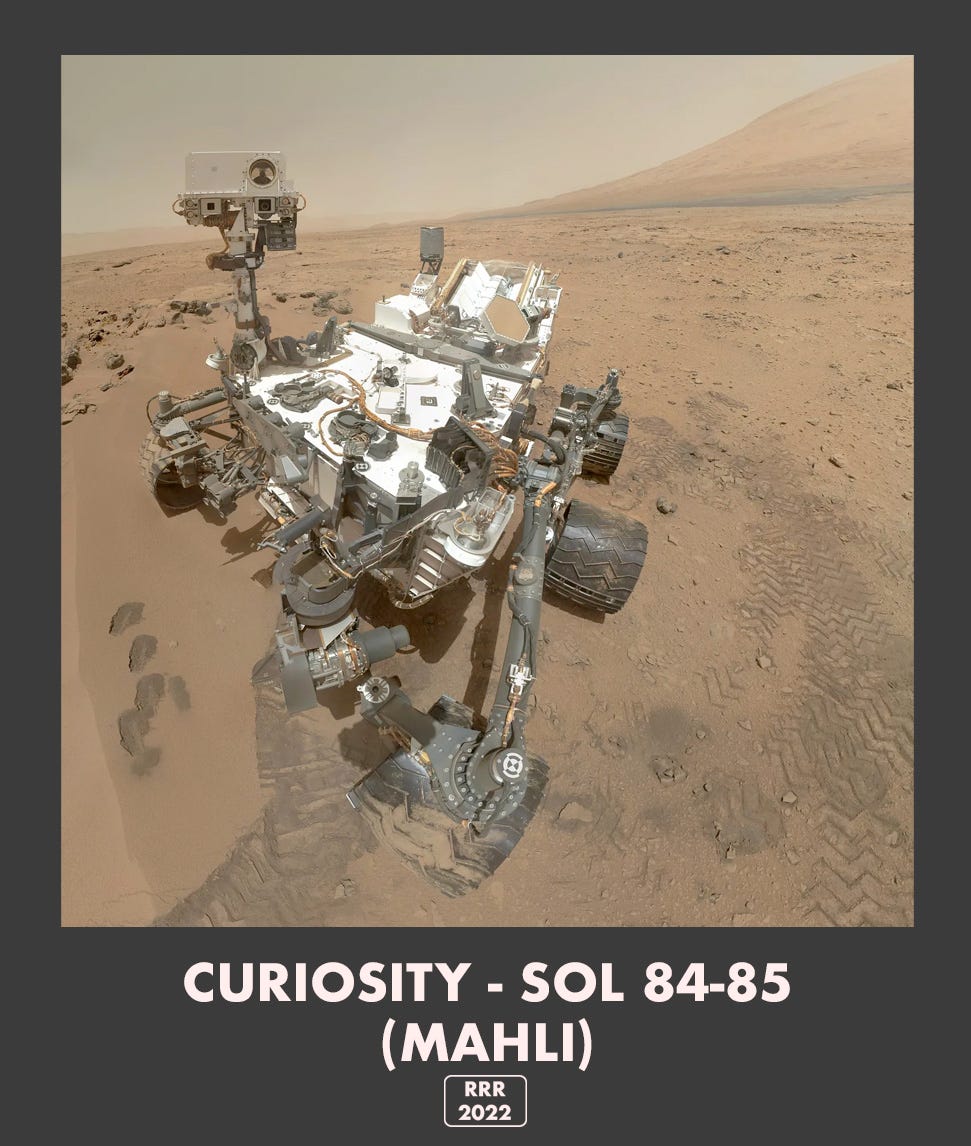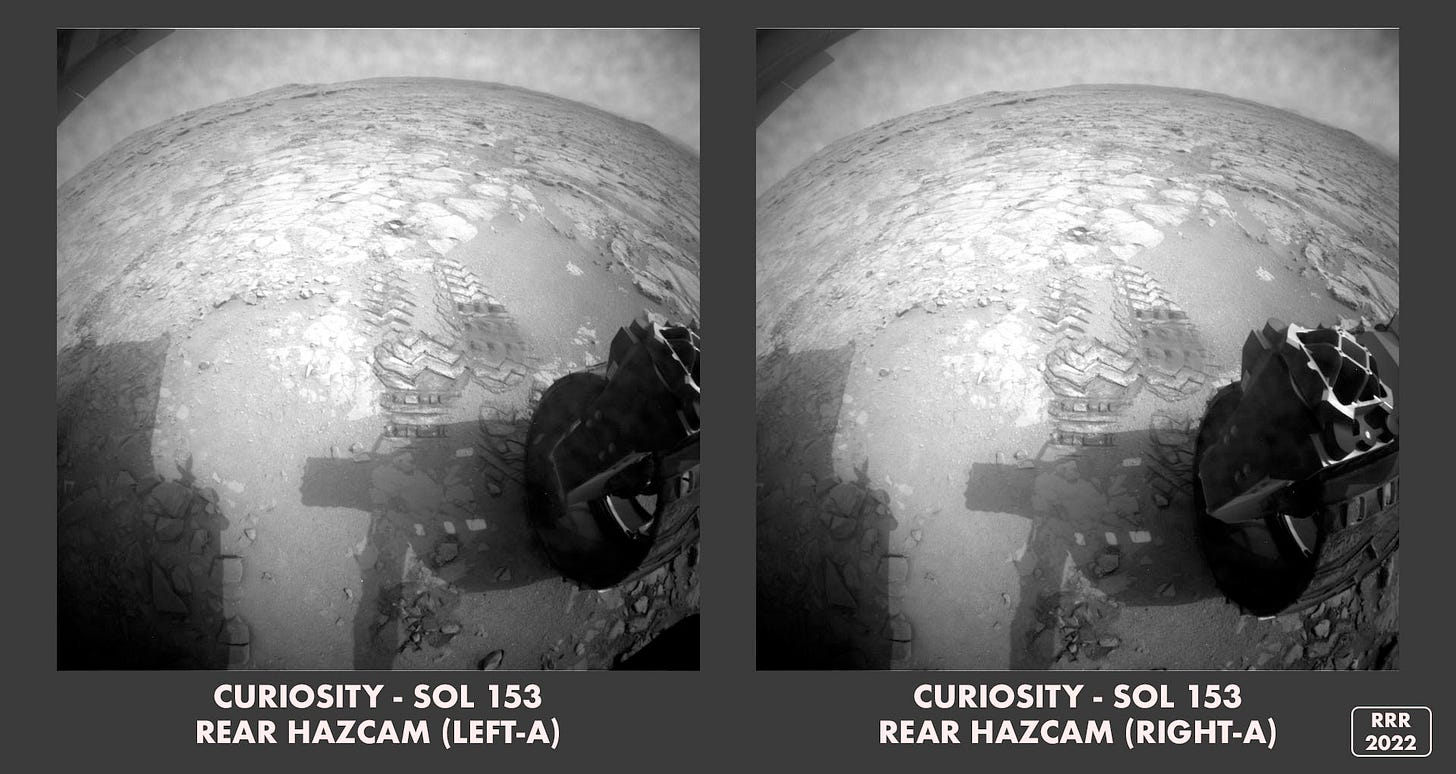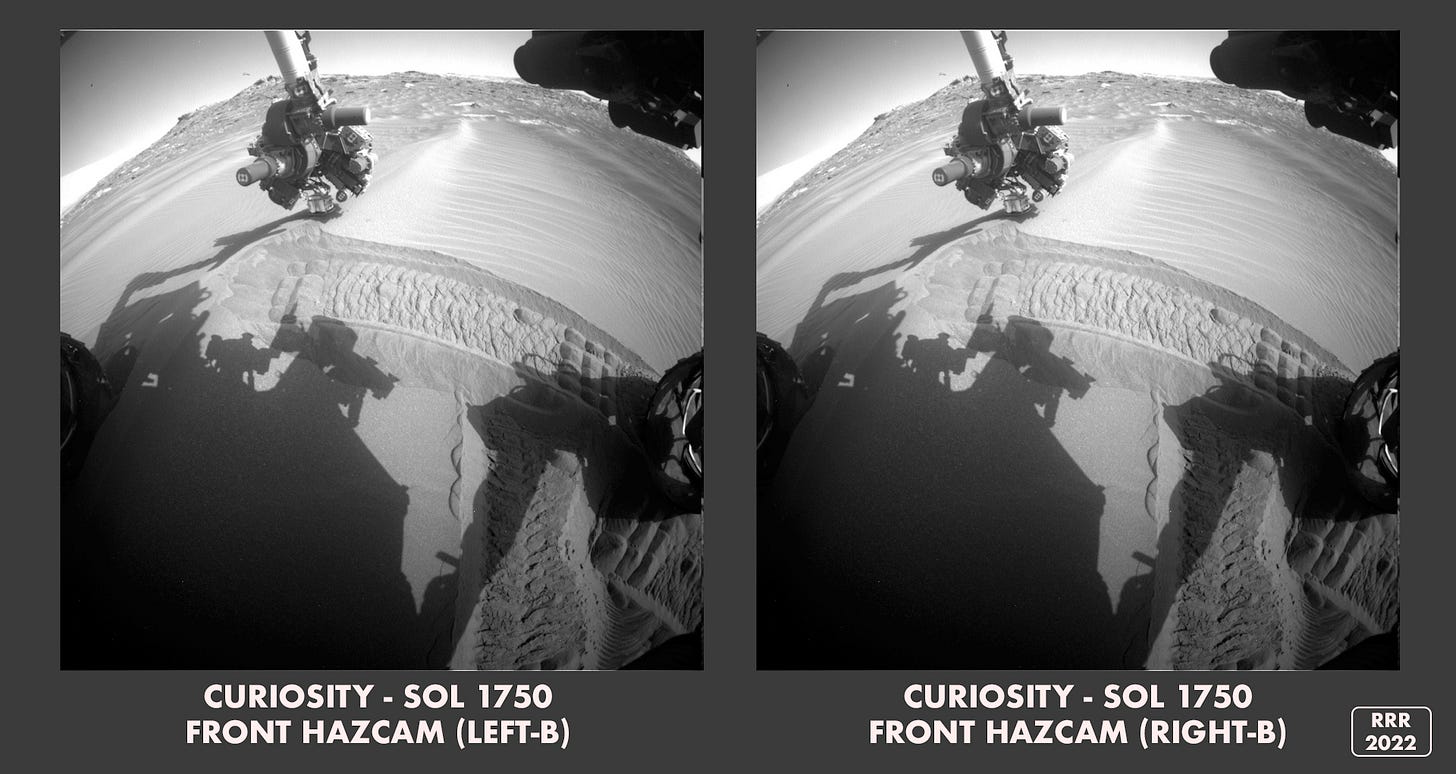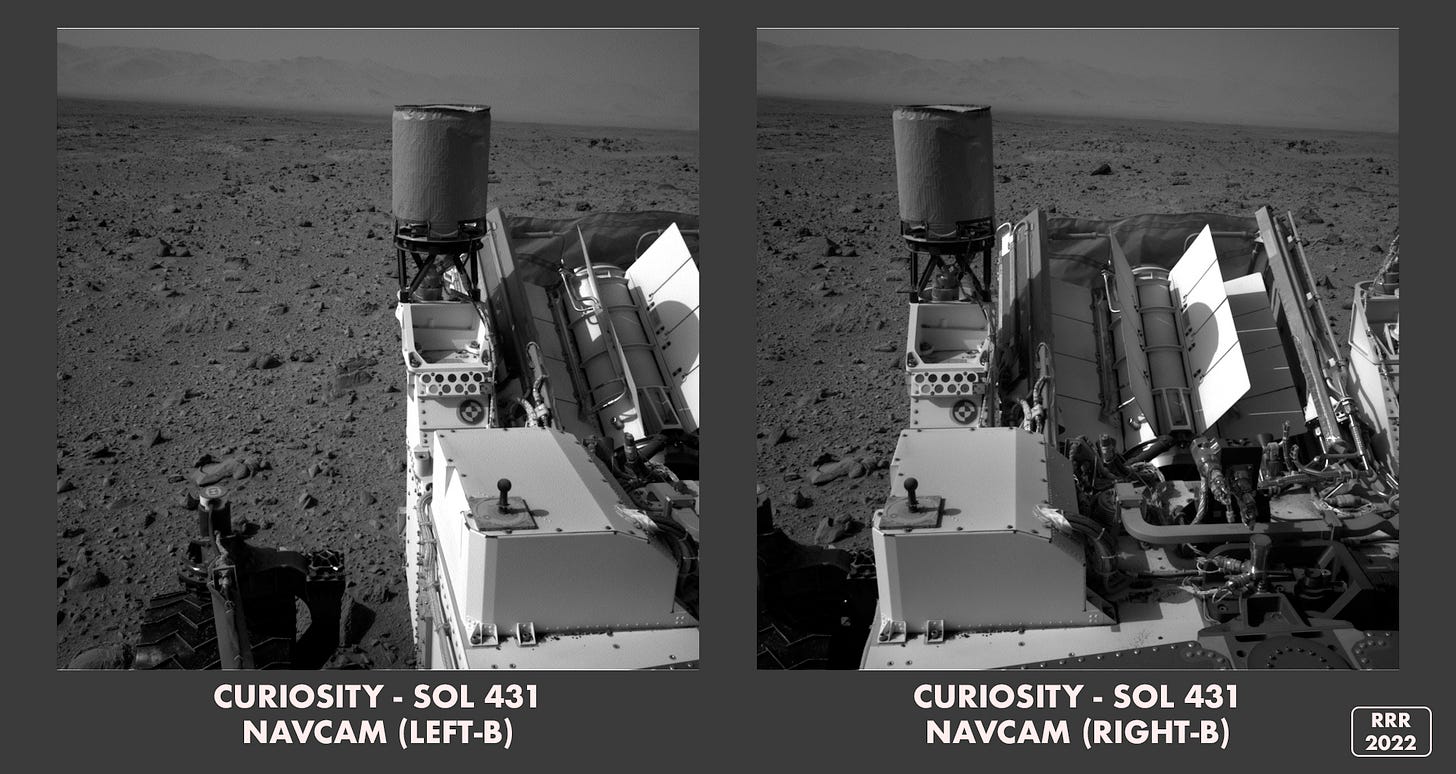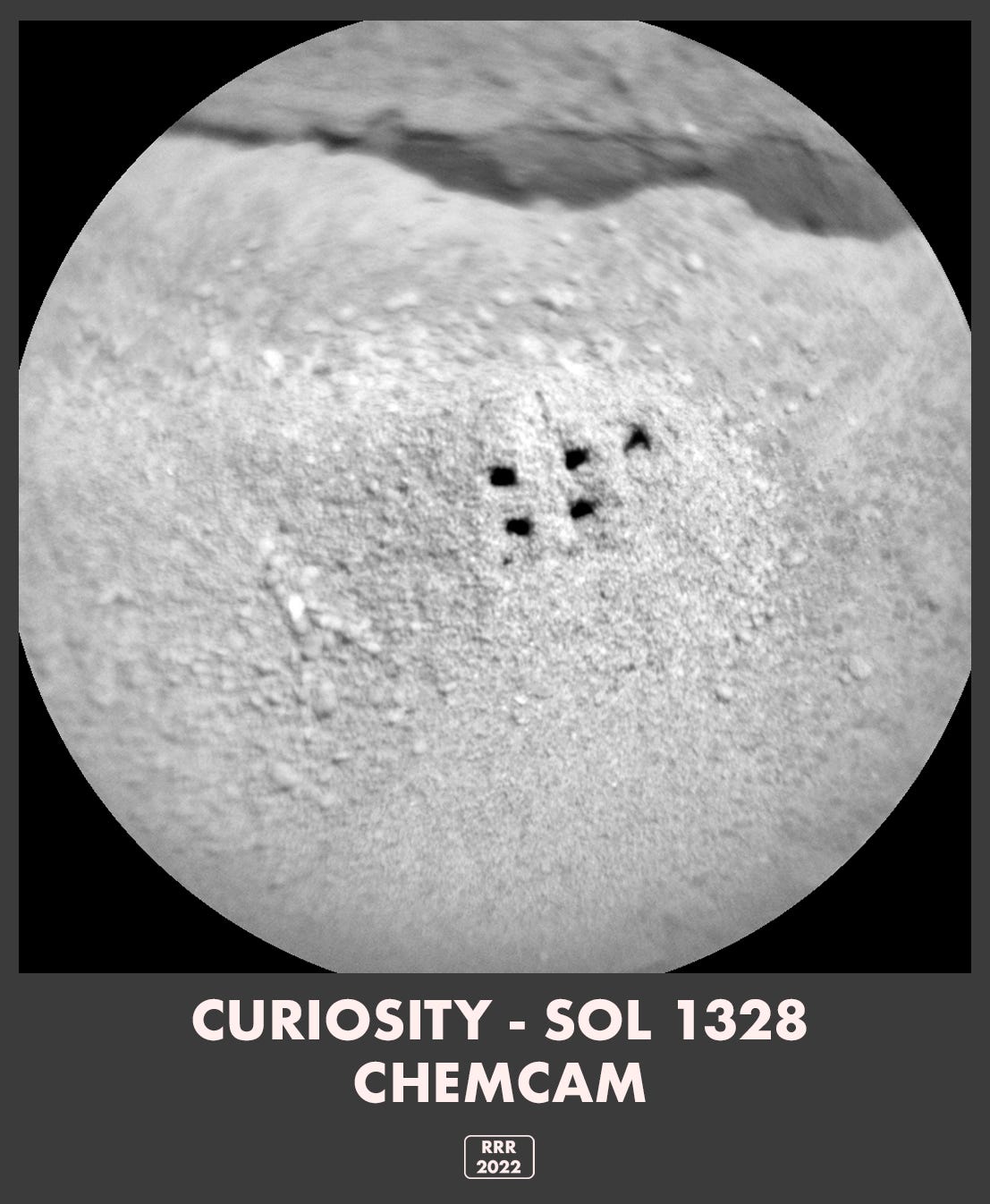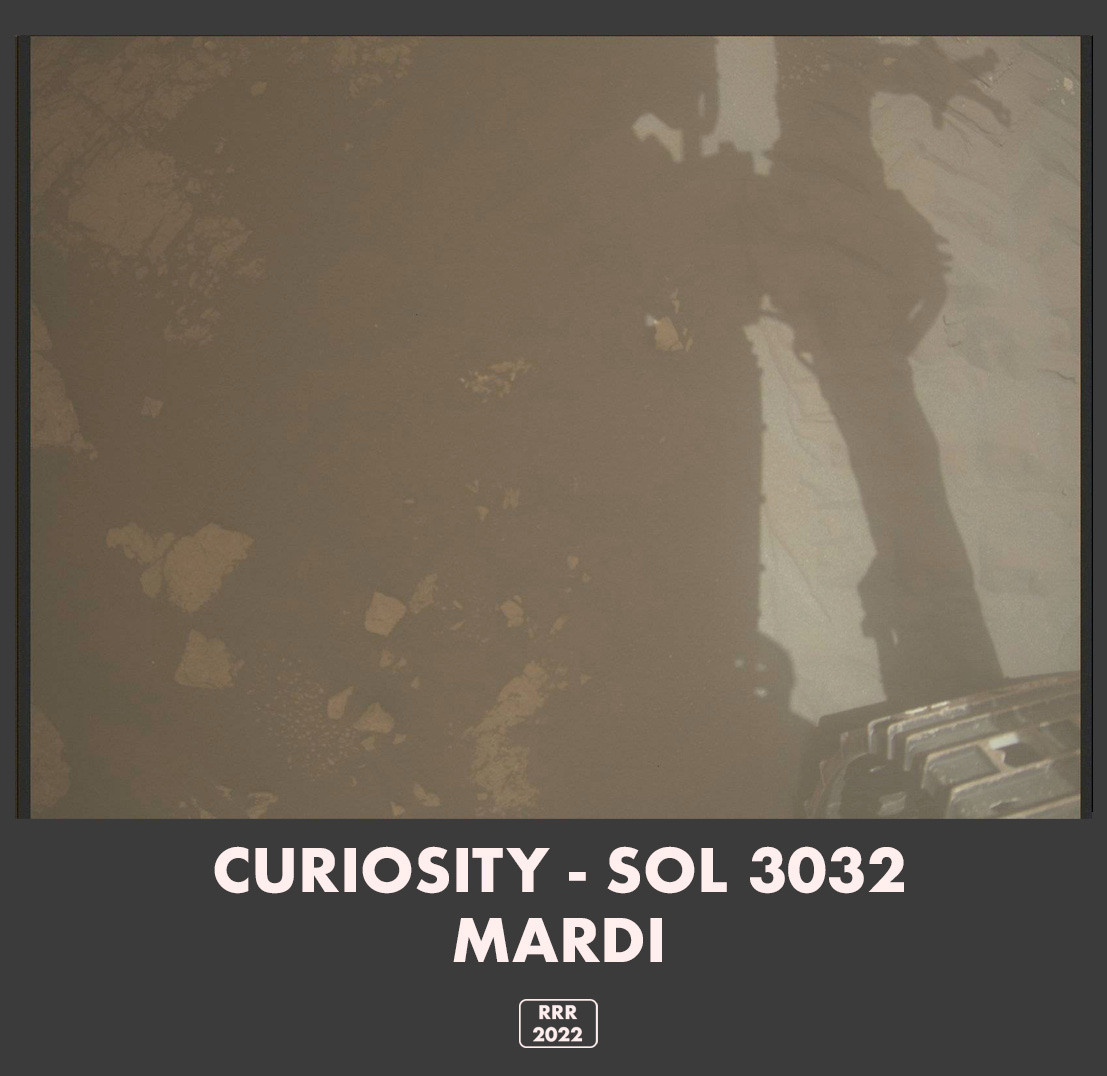Hello Earthlings!
HAPPY BIRTHDAY, CURIOSITY! Today marks (my friend) Curiosity’s 10th year on Mars!!! Cheers (10x) to you, Curiosity. I’ve been a superlong-time superfan.
WAIT, DID YOU KNOW? #001: There is only ONE other Martian robot to ever live for TEN (+) years on Mars… it’s (our friend) Opportunity!
This volume of space matter(s) has an audio complement.
Be sure to check it out for more of the celebration of (my friend) Curiosity as well as a very special and unique interview with Mallory Lefland: a (NASA/JPL) systems engineer whose first Martian was Curiosity. We talk about an infamous computer event on Sol 200, a really cool software thing you’ve wrongfully probably never heard about called dream mode which Curiosity still uses everyday, and Mallory shares her personal thoughts on my “Don’t Touch the Robots” petition proposal.
Go ahead, take a listen.
let’s go
volume (msl): 10 years of Mars Science Lab AKA Curiosity on Mars(!)
Curiosity, also known as the Mars Science Lab, is a one ton robot scientist about the size of a Mini Cooper currently climbing the side of Mount Sharp inside Gale crater, on Mars. Curiosity was launched from Earth on November 26, 2011, beginning the almost 9 month voyage to the Red Planet. She would land on Mars August 5th, 2012.
WAIT, DID YOU KNOW #002: Curiosity was the first robot to land via a technique known as the Sky Crane. Curiosity was, in 2012, the heaviest robot to ever attempt to land on Mars and the Sky Crane technique helped prove it was possible to land such an enormous robot on the surface.
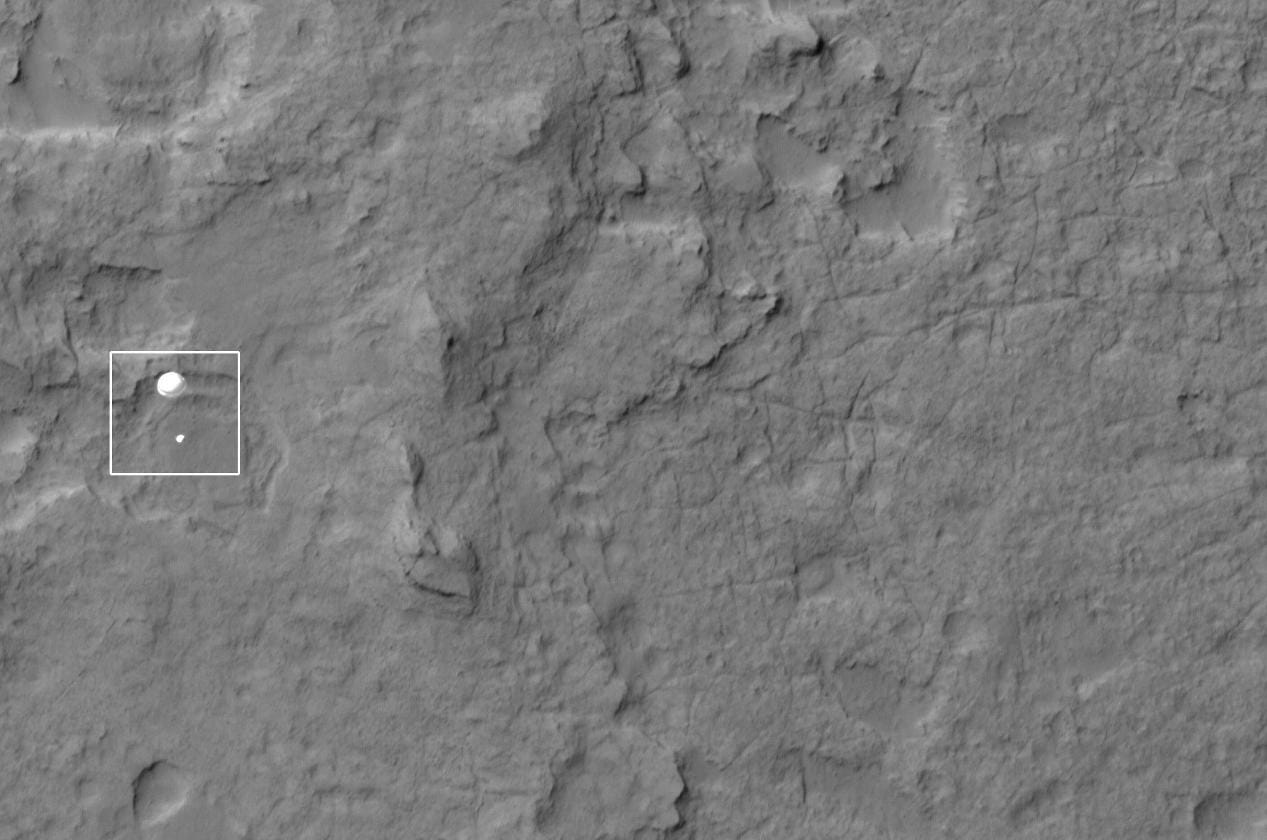
One of the (17x!) cameras that Curiosity brought with her — MARDI (Mars Descent Imager) — captured the last two minutes of the rover’s descent to the surface beginning with heat shield separation.
WAIT, DID YOU KNOW #003: Curiosity was the first robot to record images of their own landing on Mars. Curiosity’s MARDI captured this view from the belly of the bot during the descent and landing phases. See below. It is totally badass.
Speaking of cameras… let’s roll call:
Curiosity has…
2x MASTCAM(s) (Mast Cameras):
8x HAZCAM(s) (Hazard Cameras):
WAIT, DID YOU KNOW #004: Curiosity was the first to DRILL on Mars. Curiosity has made a total of 35 drill holes in her ten years on Mars.
Curiosity has two computers onboard (one of many wise redundancies on the rover) and in March of 2013 (on Sol 200) Curiosity had to switch to her backup computer (b-computer) due to a glitch on the primary computer (a-computer), which in return toggled HAZCAM(s) B to start taking images instead of HAZCAM(s) A. The same is true for the NAVCAM(s) A. Curiosity has operated on the *new* primary b-computer pretty much ever since the Sol 200 event(!).
Be sure to check out the audio complement to hear Mallory Lefland (engineer on Curiosity, among others!) explain this infamous Sol 200 event — where Curiosity goes full zombie, and her team has to sneak behind her back to change computers without the zombie knowing!
4x NAVCAM(s) (Navigation Cameras):
1x CHEMCAM (Chemical Camera):
WAIT, DID YOU KNOW #005: Curiosity was the first to shoot a laser at rocks on Mars — for science of course. The holes you can see in the image above are from the laser inside ChemCam. As of this writing, Curiosity has zapped rocks almost 1 million times(!).
1x MAHLI (Mars Hand Lens Imager):
And (1x) MARDI, whom you’ve already met. Who, despite the name is still taking pictures today!
WAIT, DID YOU KNOW #006: Curiosity is responsible for capturing a 1.8 BILLION pixel panoramic of the view from the side of Mount Sharp from Sols 2595 - 2601 (November 24th - December 1st 2019)
Curiosity has taken (and returned to earthlings) over 500,000 images as of writing this sentence… and you, too, can access all hundreds of thousands of these images yourself right here!
WAIT, DID YOU KNOW #007: Curiosity is the first robot to be powered by plutonium. That means unlike her predecessors, Curiosity and her team need not be concerned about the possibility of Martian dust cover marking the end of her power supply. Curiosity’s radioisotope power system generates electricity from the heat of plutonium's radioactive decay.
Yeah yeah ok, we get it she’s got cameras. Sorry, no, she’s got LOTS of cameras. But aren’t we talking about THE Mars Science Lab? Definitely. Let’s get into the science.
Scientifically speaking, Curiosity sought to answer one big question:
is or was Mars ever suitable for life?
meaning specifically—
was there ever persistent liquid water?
— persistent meaning for at least about a million years
does or did Mars ever have the [chemical] building blocks for life?
— as in sulfur, phosphorous, oxygen, nitrogen, carbon, and hydrogen
does or did Mars ever have the energy potential for metabolism?
— like the way some microbes here on earth can “feed” on rocks
(my friend) Curiosity answered all three of these questions within her first 8 months on the planet. You f@#$%ing go girl(!). Curiosity was always destined to study Aeolis Mons (known lovingly by experts and those who care as Mount Sharp), but every stop along the way in Gale crater ended up being more interesting scientifically than anyone on the team had imagined. With Curiosity’s unique scientific abilities, her team would discover ancient stream beds, which lead to ancient deltas, and the ancient lake that existed inside gale crater itself.
WAIT, DID YOU KNOW #008: Curiosity was the first to detect definitively organic molecules — from a drill sample from Sheepbed mudstone in Gale Crater. The organics are likely from asteroids, not local.
Curiosity has 10x science instruments in her toolkit:
MAHLI: The Mars Hand Lens Imager is Curiosity's version of a magnifying glass that geologists usually use in the field. MAHLI's close-up images reveal the minerals and textures in rock surfaces.
APXS: The Alpha Particle X-Ray Spectrometer uses two types of radiation to measure the amounts of chemical elements that are present when placed next to a rock or soil surface.
CHEMCAM: The Chemistry and Camera tool’s laser, camera and spectrograph work together to identify the chemical and mineral composition of rocks and soils.
CHEMIN: The Chemical and Mineralogy instrument performs chemical analysis of powdered rock samples to identify the types and amounts of different minerals that are present.
SAM: The Sample Analysis at Mars tool is made up of three different instruments that search for and measure organic chemicals and light elements that are important ingredients potentially associated with life. The gas chromatograph which separates gases to aid in identifying them. The Mass Spectrometer, which detects those key elements necessary for life. And the Tunable Laser Spectrometer, which measures methane, carbon dioxide and water vapor in the Martian atmosphere.
WAIT, DID YOU KNOW #009: Curiosity’s team of earthling geniuses figured out how to get the robot’s SAM instrument to vibrationally hum Happy Birthday to Curiosity on its one year landing anniversary. That makes Curiosity the first robot to sing herself Happy Birthday on another planet. You can listen to SAM’s rendition of happy birthday to Curiosity in the audio complement(!).
RAD: The Radiation Assessment Detector measures the type and amount of harmful radiation that reaches the Martian surface from the sun and space sources. Its data is helping prepare for future human exploration of Mars.
DAN: The Dynamic Albedo of Neutrons tool tracks the abundance of minerals that have molecules of water in their crystal structures along the rover’s travels.
MEDLI: The Mars Entry Descent Landing Instrument took measurements of the Martian atmosphere during EDL. Informing the team for Perseverance’s landing in 2021!
WAIT, DID YOU KNOW #010: Curiosity inspired an entire other Martian robot scientist — Perseverance. Perseverance is the spitting image of Curiosity (see their two selfies side by side below), and borrows all of the elements used and proved by the OG (Curiosity).
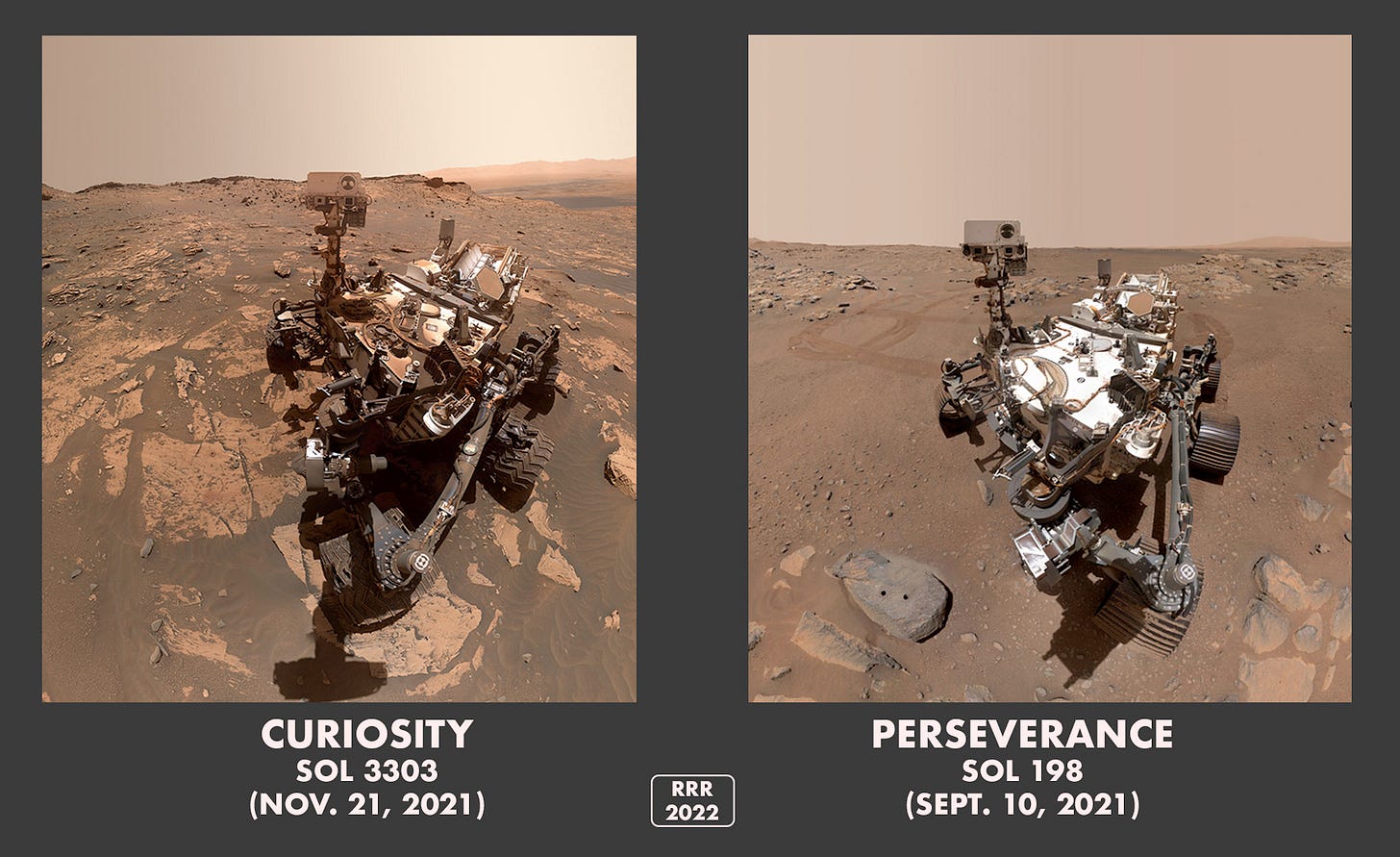
Once again, Happy Birthday Curiosity! You’re still the baddest bot to ever rove Mars if you ask me. Cheers to ten more years of science and exploration.
“Mars is the only planet in the solar system populated entirely by human made robots.” - me




